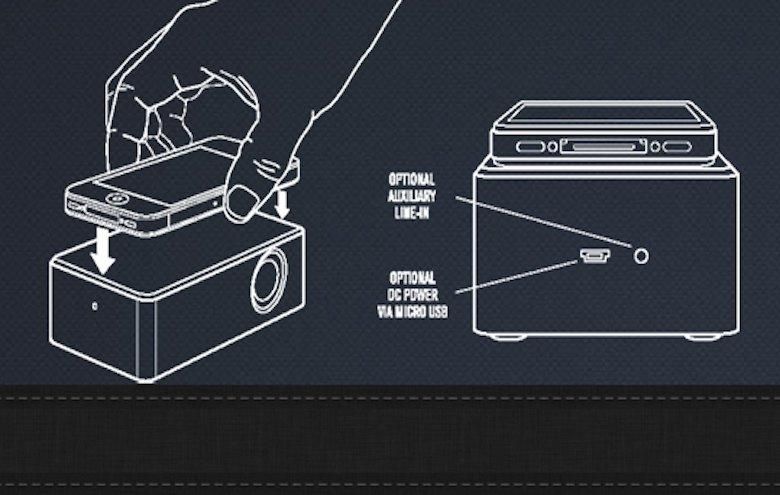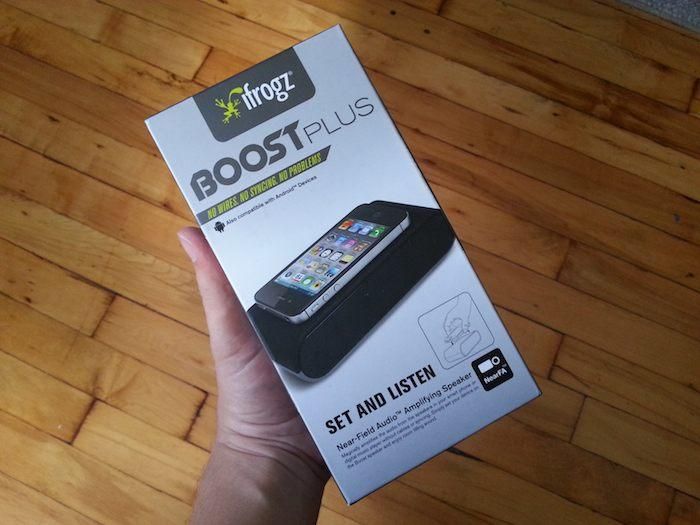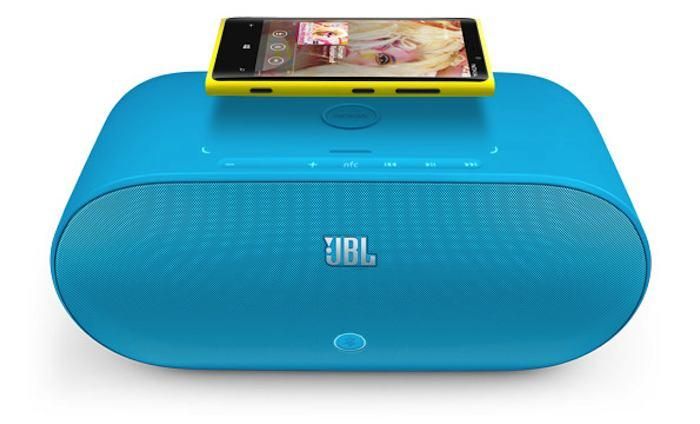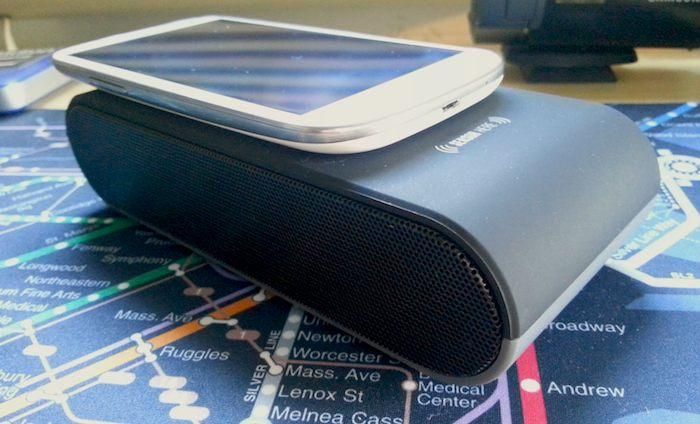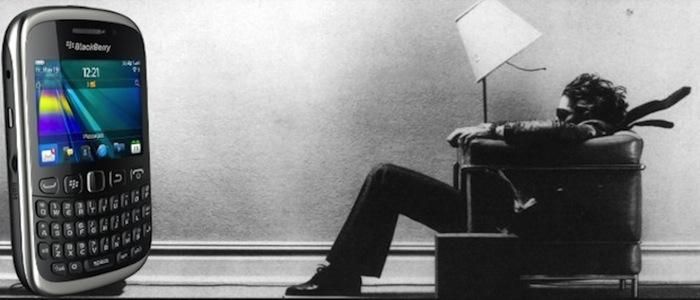At a recent AT&T press event in New York City, Brandon Miniman and I had the opportunity to go hands-on with many of the new mobile devices slated to hit the carrier's networks in the next few months. Our gracious hosts also provided us with some complimentary accessories at that event, ranging from protective cases to external chargers to Bluetooth speakers.
I'll continue the trend Brandon Miniman kicked off with his peek behind the curtain of the mobile tech industry with this unsurprising morsel: accessories are given away to the press rather frequently at publicity events. Sometimes the items dispensed have something to do with the devices or services announced at the event, and other times they're just freebies extended as a thank-you for attending. Some publications take the opportunity to post reviews of these products, and others don't. Pocketnow mainly falls into the latter group for various reasons, the biggest of which being that accessory reviews just aren't terribly popular. We incorporate the accessories into larger pieces if we can, but standing alone, it's hard to make an in-depth review of something like an external battery pack compelling.
It's not quite as hard, though, to write about a piece of technology that really blows your mind. Case in point: included in our AT&T gift bags from the NYC event was this external speaker accessory from the um, creatively named Zagg subsidiary iFrogz, called the "Boost Plus."
No relation to the wireless carrier that wants to know “where you at.”
"No wires, no syncs, no problems." I read the promise on the packaging and was instantly put in a more-Finnish state of mind. I've got a little while to go before snapping up a Nokia Lumia 920 like I promised, but the device hasn't been far from my thoughts since it was announced. Neither has its promised family of accessories, most prominently the large JBL Power Up speaker dock unveiled alongside it at the official Nokia event.
To recap: the Power Up is a desktop speaker which utilizes Near-Field Communication (NFC) and Bluetooth to stream audio from a Lumia 920. When the phone is placed atop the dock, the NFC handshake initiates a Bluetooth connection, and suddenly the Gordon Lightfoot tune rasping tinnily from the smartphone's speaker is transmuted into full-bodied JBL-powered sound, letting you and everyone around pretend not to tear up about the wreck of the Edmund Fitzgerald. In a nice bonus, the speaker dock also charges the phone wirelessly while it's docked.
All that's pretty awesome, but it's also fairly complex. Using an accessory like the Power Up dock requires that you own a smartphone with both NFC and Bluetooth, that both are turned on, and that phone and accessory will play nice with one another once you bring them into contact. That sounds pretty simple to gadget-minded folks, but NFC has yet to become truly ubiquitous -none of the iPhone models have it- and it has yet to become a compelling enough feature to break into mainstream awareness.
What if, instead, you could just drop your phone -regardless of its make, model, or platform- onto a speaker box and listen to the audio output through the larger speakers, "magically?"
“Sensor Here. Magic There.”
That's the idea behind the iFrogz Boost Plus, its predecessor the Boost "minus," and several similar products based on what's come to be known as "Near Field Audio" technology. The specifics of its operation aren't disclosed in the packaging, instructions, or the sparse information available on the few NFA websites out there; the companies behind the technology seem content to hide behind the "magical" labels dreamed up by their marketing departments. But the lack of a microphone on the casing, as well as the need to align your phone with a specific point on top in order for the accessory to work, seems to indicate that NFA is a technology based on electromagnetic induction. The capacity of EM fields to induce current in nearby coils is the same age-old property powering things like wireless charging, and it's just as awesome here.
That's because -forgive the cliché- it "just works." Taking the Boost Plus out of its packaging and plugging it into a wall socket, or inserting a triad of AA batteries if you need to stay mobile, is literally the entirety of the setup process. An NFA speaker dock doesn't care if your phone's Bluetooth is paired or its NFC is turned on, and it doesn't give a hoot whether you're running Android or iOS. That's because it has no way of knowing; you just start playing Passion Pit on your phone, drop it onto the speaker, and -boom- amplified awesome fills the room.
It's not the newest technology on the market; the first NFA-powered accessories started turning heads way back at CES in January. It's also not without its drawbacks. Unlike a Bluetooth-powered audio stream, you can't move your smartphone around the room while it's slinging its tunes to the speaker dock; the device must stay firmly anchored to the accessory to keep everyone feeling the beat. Maybe due to this limitation, the standard hasn't yet taken off in a big way, judging from the relative paucity of NFA-powered accessories on the market, and the entreaties of one of the websites trying to drive NFA's growth.
“We eagerly seek funds necessary for proof-reader employment.”
What it is, though, is awesome. I use the Boost Plus daily, to amplify podcasts and Pinback songs I sing along (poorly) to in the shower. I use it at get-togethers and parties when someone wants to share music with the group. And I've used it effectively with a Galaxy S III, iPhone 4S, Optimus G, Galaxy Note II, and Droid RAZR M.
In ways that go beyond the technical, Near Field Audio is like its neglected compatriots, wireless charging and Near Field Communication, two standards that until recently haven't gotten much attention. That's a shame, because as I've mentioned more than once, our future is a wireless one. Anything that propels us further from our cable-and-connector-shackled past is a good thing, especially when it works as well -and looks as cool in operation- as the Boost Plus.
Near Field Audio is one of those special, simple, underrated technologies that sharpens my excitement for what's coming next in the mobile world. As such, the NFA-powered Boost Plus is the happiest discovery I've yet made in an accessory gift bag. And with retail prices hovering between $40 and $80 for NFA-powered accessories, experiencing this little slice of our wireless future is an indulgence that won't break your wallet. If you have the means, I highly recommend picking one up.
Sources: NearFA.org, NearFieldAudio

